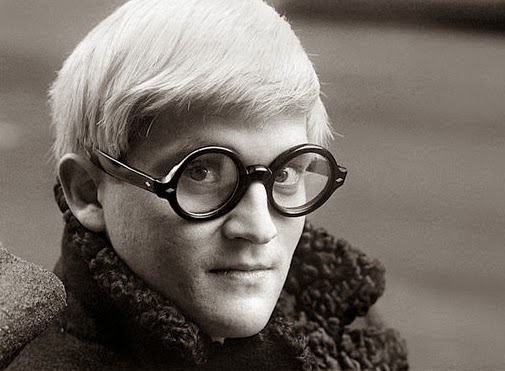I am Raj More, a Visual artist from Maharashtra (India) .Born and brought up in a small town in Akola ( Maharashtra), now I live and work in Mumbai. After my schooling in Akola I migrated to Mumbai to complete my further education in Art from Sir. J. J. School of Art from Mumbai, University Mumbai. For the last 15 years, after my graduation from “Sir J. J School of Arts’’ in 1999, I have dedicated my life for art and Painting in the field of visual Art while living in the Mumbai. I chose Mumbai...
Short Interview : by Pankaja JK
JK: Which
points do you consider important to develop your concept?
R.M.: For
me, painting is like a film. I give a 3-dimensional effect to every image. Composition
is also very important and powerful in framing the work; it forms the base of
good painting. I learn this in photography study. It makes my painting
accurate. There is a movement – if you see the bull, the crow, local train,
rickshaw or truck in my paintings they appear
to be moving.
JK: What
boosts your confidence?
R.M: That, I
should like my own painting as a viewer. Involvement in it and development of
the concept and completing it as I contemplated is very important for me. If it
is done, I feel self confident and I work with more zest and zeal. Also
people’s appreciation boosts my confidence.
J.K.: How is
your work process?
R.M.:
Intensity to put my ideas makes me go. It is a continuous process. I used
acrylic colors which dry instantly, so I have to be quick, perfect in applying
strokes and dapples. Acrylic perfectly matches my psyche. When I work, it is a
one man army and it is essential for me to complete the painting in one
sitting.
J.K.: Have
you ever had Vada pav (Indian
burger); utterly Mumbai’s snack for public and snack cum food for poor?
 |
| (Raj More as Mumbai local Brand artist) |
R.M: Vada pav and Misal! No soul in Mumbai or just a visitor would miss these tasty,
cheap and fulfilling snacks. Vada pav
is one of the identities of Mumbai city; the city where no one remains hungry.
And the specialty is that it tastes good only when eaten at roadside stalls.
Now-a-days posh malls are coming up and they have food joints where Vada is
sold in attractive packing at higher rate but it does not match the taste of
roadside preparation. This snack adds to the beauty of Mumbai.
JK: Which
personalities have inspired you?
R M: Frankly, I
have no inspiration from painter community. I do not follow any of them. I have
learnt from my own experiences and work. I never felt the need getting inspiration
from others. Yes I am impressed by Van Gogh, Picasso, but they are not
inspirations for me. IN India Hussain was a role model for me and let me clear
it that I admire Hussain for his initiative to popularize Art among the people
and also to make Indian Art known on the international platform. He had his
energy and truthfulness in his actions.
I am
inspired by film makers. I like seriousness and concentration that goes into
film making. My favourites include Kurosawa, Guru Dutt, Mani Ratnam and even
the upcoming Directors who genuinely make film. I try to give the effect of
movement. My paintings are films. I like cinema with message be it any genre,
but I don’t like humorous films without any useful content.
JK: What are
your future plans?
I intend to do installations and films.
I intend to do installations and films.
JK: That
Great! Wish you all the best for all your future plans and this show.
R.M: Thank
you.
Raj’s energy level is like Mumbai city’s energy level;
non-stop always high. As he was leaving I could see that he was thinking of a
mission that was on his schedule list and he was so restless that he did not
wait for lift and rushed down the stairs….Raj and Mumbai always on their toes….
-As told to Pankaja JK, Freelancer art writer













